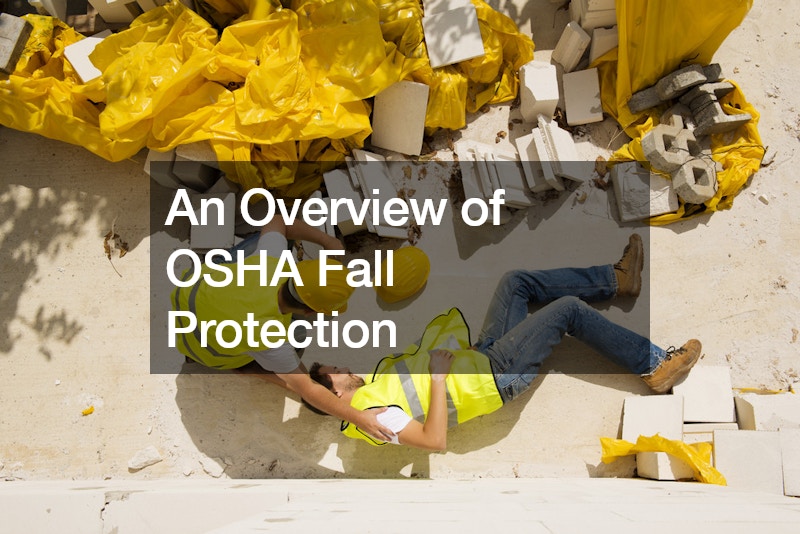The Occupational Safety and Health Administration (OSHA) sets forth stringent regulations to ensure workplace safety, particularly concerning fall protection. Falls are one of the leading causes of serious work-related injuries and deaths, making OSHA fall protection standards crucial for safeguarding employees across various industries.
OSHA’s fall protection requirements apply to any walking or working surface with an unprotected edge that is 6 feet or more above a lower level. The primary goal is to prevent workers from falling off overhead platforms, elevated workstations, or into holes in the floor and walls.
Employers are mandated to provide fall protection systems such as guardrails, safety nets, or personal fall arrest systems (PFAS).
Guardrails are typically used at unprotected edges, while safety nets are installed below the work area to catch falling workers. PFAS, consisting of a harness, anchor, and connector, are worn by workers to arrest a fall and minimize injury. OSHA also emphasizes the importance of proper training, ensuring that workers understand how to safely use fall protection equipment.

In addition to these systems, OSHA requires regular inspection and maintenance of fall protection equipment. This ensures that all safety devices are in optimal condition and ready for use. Employers must also develop and implement a fall protection plan tailored to the specific hazards of their workplace.
Compliance with OSHA fall protection standards not only helps in preventing accidents but also protects businesses from legal liabilities and penalties. By adhering to these guidelines, companies can significantly reduce the risk of falls and enhance overall workplace safety.

